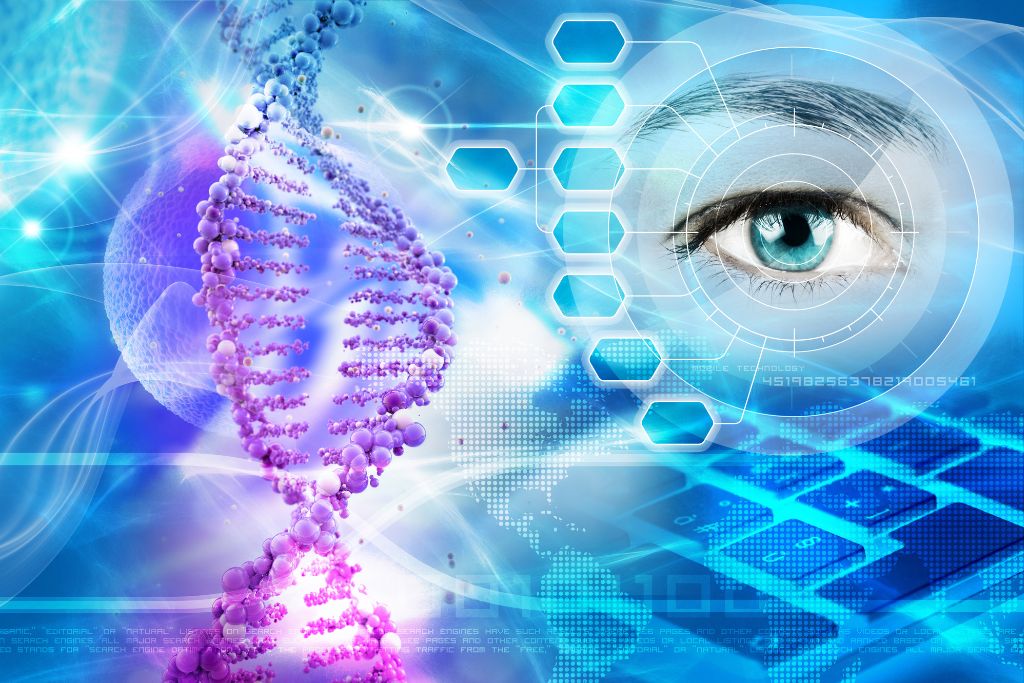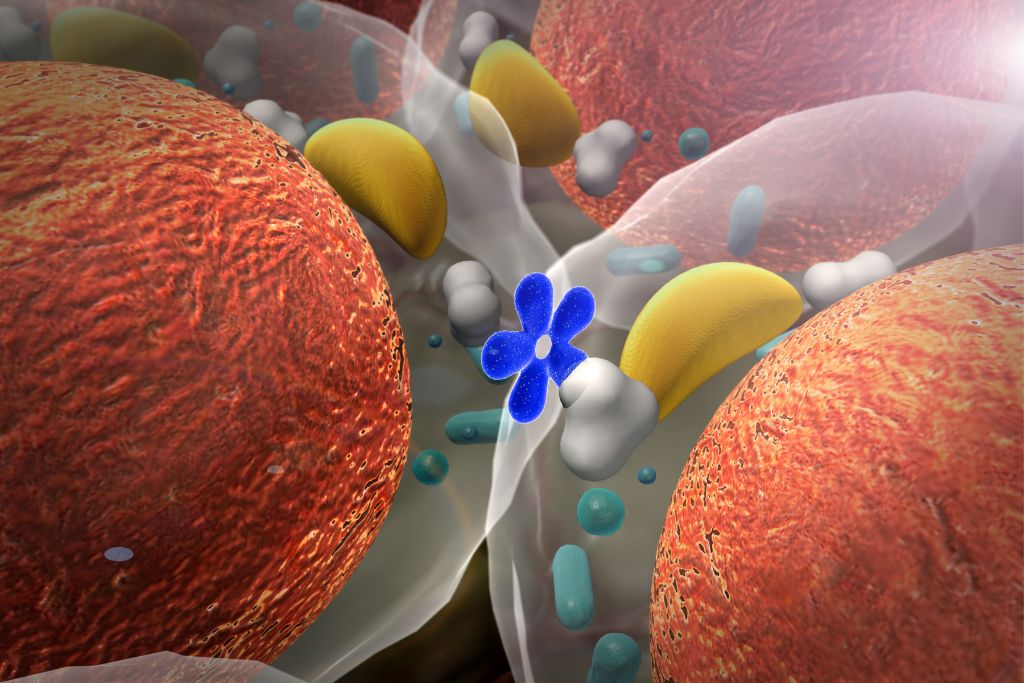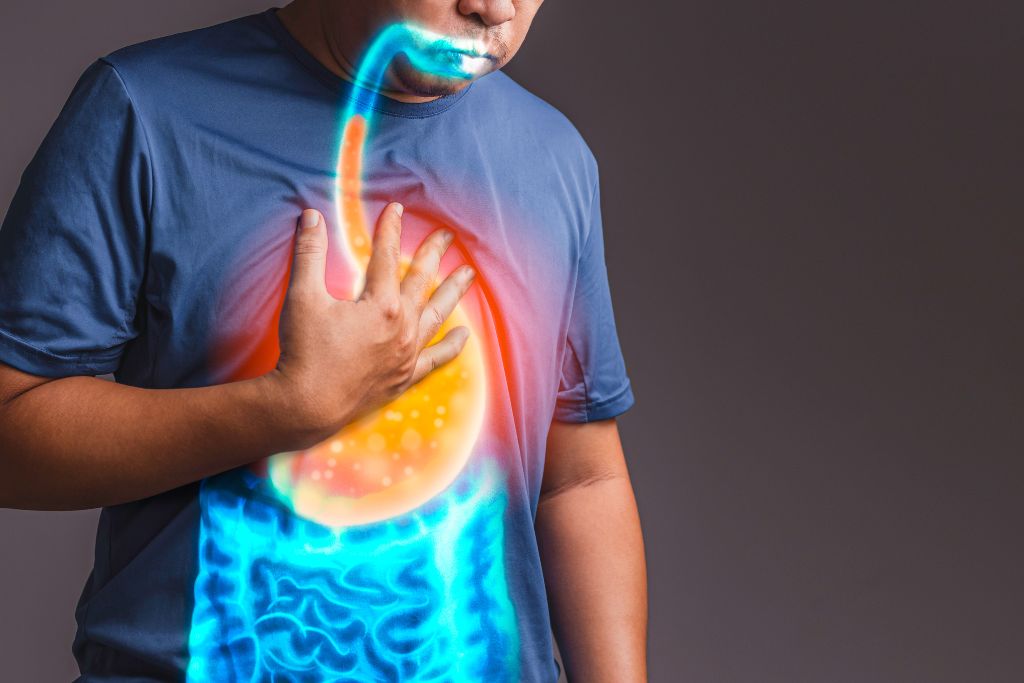It’s no secret that hair loss is a normal part of the aging process. It happens to both men and women, but why does it happen?
A new study published in the journal Science says it might be linked to accumulated damage to hair follicle stem cells’ DNA. When stem cells are damaged, they lose the ability to create the hair follicles that are essential for hair growth.
Genetics
Genes are a way that traits (such as eye color) and health conditions (such as blood type) are passed down from one generation to the next. This study of genes started in the 1800s when a monk named Gregor Mendel discovered how traits could be inherited by studying peas.
Your genes are located in structures called chromosomes inside your cells. Each chromosome has 22 pairs of identical coiled DNA that contain many of your genes.

Genetics plays an important role in your health and well-being. They determine how your body functions and the way you look, feel, and behave.
For example, a common trait affecting hair growth is androgenic alopecia, a condition that makes males more prone to losing their hair. This condition causes hair to thin and eventually fall out in a characteristic “M”-shaped balding pattern that usually starts around the age of 20.
Hormones
Hormones are chemicals that function as messengers between organs in the body. They are released into the bloodstream by endocrine glands and act on target tissues for specific functions.
Male pattern baldness, the most common form of hair loss in men, is caused by a combination of genes and the effects of a hormone called dihydrotestosterone (DHT). This hormone can cause hair follicles to shrink.

It can also delay the regrowth of new hairs after they fall out as part of normal growth cycles. Baldness in men can occur at any age but is more commonly seen among older adults.
Diet
Diets that are high in sugar and refined carbohydrates have been linked to a higher risk of baldness. These foods also increase blood sugar levels and insulin resistance, which can lead to a variety of health issues including obesity, diabetes, heart disease, cancer, and hair loss.

A diet that’s rich in antioxidants, vitamins, and minerals may be the best way to promote healthy hair. These nutrients can be found in vegetables, fruits, and nuts.
Stress
Stress is a normal part of life, but it can be too much for some people. It can impact your mood, your sleep, and your overall health.
Chronic, ongoing stress is known to trigger several mental and physical health issues, including depression and anxiety. You can keep your stress in check by taking active steps to manage it, like focusing on self-care.

If you’re experiencing a lot of stress, it’s a good idea to talk to your doctor. He or she can help identify the source of your stress and find coping strategies for you to try.
Disease
Despite a growing body of scientific research, why some people go bald remains a mystery. Genetics may be a culprit in some cases, but other factors are also at play.
A disease is a particular abnormal condition that affects the structure or function of all or part of an organism. It can be caused by external factors (pathogens) or internal dysfunctions.

Some people develop a condition called trichotillomania (pronounced trick-oh-til-oh-MAY-nee-uh) that causes them to pull their hair out. This can leave them with bald patches and damaged hairs of different lengths.
Baldness can be caused by several factors, including genetics, hormones, diet, and stress. The best way to determine the cause of your baldness is to see a doctor.
-
 The Art of the Interview: Tips and Techniques for a Winning Conversation
The Art of the Interview: Tips and Techniques for a Winning Conversation -
 How Concerts Have Evolved Over Time
How Concerts Have Evolved Over Time










No comment